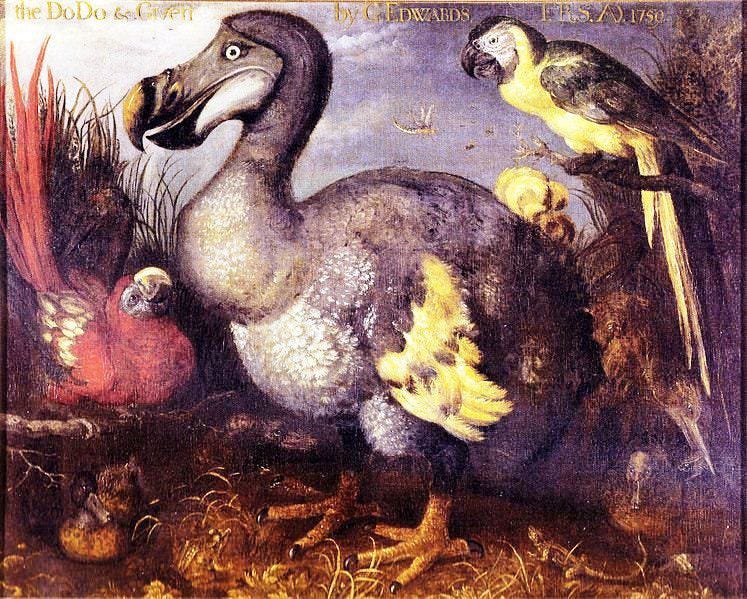Windows into the Past
A pair of papers came to my attention this last week, and they are fascinating to me on several levels, as a scientist, a writer, and one who dabbles in history. Science and technology working hand in hand have been advancing mightily in the last few years toward being able to see more and more of the past through looking at the molecular traces of it we still retain in the present. Ancient dna extraction has become possible. Traces left baked into clay pots throw light on prehistoric recipes and diet. Now, we can also use teeth to track the health of those who died hundreds of years ago - not only their health, but that of their mother.
The study was conducted on both modern teeth, and on teeth from archaeological remains. The researchers used the growth rings of the dentin in teeth to look at how well nourished the person was, and especially at the level of Vitamin D the person was exposed to, as the study was conducted in Canada, where sunlight is a scarce commodity in winter, and even in summer the habit was to avoid sun exposure. With potentially ill effects, as rickets was a scourge of the early settlers. "teeth taken from two skeletons from 19th century Quebec -- one from a three-year-old girl who had survived rickets as a toddler, and one from a young man. The toddler's undescended molar showed that her mother had suffered a Vitamin D deficiency during pregnancy -- a possible clue to the child's early death. The young man's molar also showed his mother had suffered Vitamin D deficiency, raising the possibility of a connection between his mother's health and his early death."
This is still having ripples - in the modern world, remaining indoors most of the time is a way of life, and when we do go out, we tend to slather ourselves, and especially our children, in sunscreen. Studies are showing, however, that some sun exposure is beneficial, as the bioenzymatic reactions that form Vitamin D also do other things, which are as yet poorly understood. Supplemental Vit. D alone is not doing the same as good old fashioned sunshine and fresh air. As a writer, I can also extrapolate this outward into world-building. Peoples who lived underground, on generational starships slowly inching their way outward of the galaxy, settlers on a planet where the atmosphere was wrapped in a heavy shroud of particulates that block most UV... what would that do to their health and how would they adapt and cope?
The other paper is on the extraction of DNA from museum specimens that have been preserved in formaldehyde or formalin. As a scientist interested in history, this is exciting as it will lead to windows of genetic lineage that can stretch back into pre-Victorian times, but at the very least to the time of those formidable explorers and collectors whose legacy to the world were jars and jars of pickled specimens. We could potentially look at the DNA of extinct species - and yes, we have already been able to extract dinosaur DNA, since I know you immediately thought of Jurassic Park there - and potentially find that modern species are linked to them. We could trace the genealogy of folks whose ancestors were unlucky enough to wind up medical specimens. We could track the evolution of diseases and symbiotic bacteria, perhaps. There's a plethora of potential in this discovery, for science, history, biology, and of course, the science fiction writer. Cloning is an evergreen trope, but more and more it comes closer to the realm of the possible. Oh, not in the sense of 'we can regenerate a person, personality and all!' but certainly in the sense of writing over the genetic material of a germ cell and bringing it to development (did I link to the artifical wombs yet?). We can find the closest relative to an extinct species, perhaps, and possibly be able to once again taste the Dodo like the sailors who ate it into extinction. Why? Well, that part is up to you, my dear friends! There are imagination sparks aplenty in these concepts, and I'm sure they could light a fire in your brain the way they do in mine.





